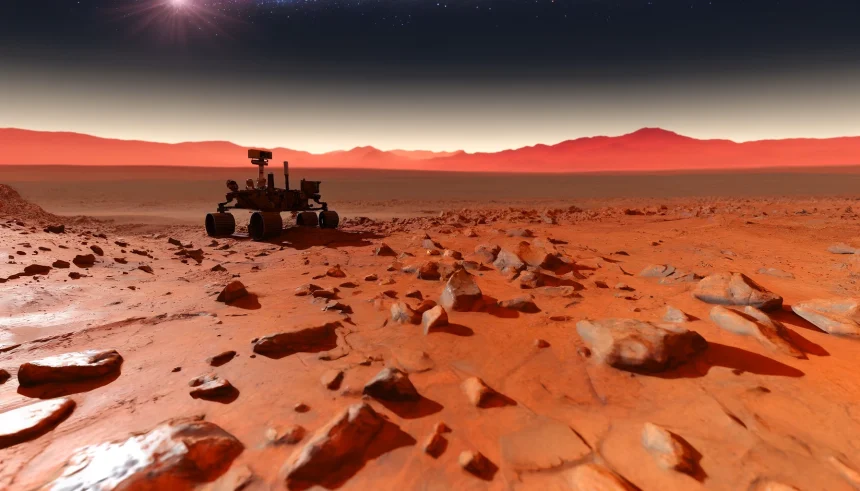Astronomers recently spotted two supermassive black holes on a collision course using NASA‘s Hubble Space Telescope and Chandra X-ray Observatory. Such cosmic events are crucial for understanding galaxy evolution and supermassive black hole mergers. The discovery presents an exceptional opportunity to study these phenomena in the modern universe, given the relatively close proximity of the colliding galaxies.
Past observations typically found galaxies with active galactic nuclei (AGN) much further away, often from earlier cosmic times. The Hubble and Chandra observations revealed three bright spots within the galaxy MCG-03-34-64, approximately 800 million light-years away. Two of these spots, located only 300 light-years apart, indicate the presence of supermassive black holes on the verge of merging.
Identifying Cosmic Hot Spots
The Advanced Camera for Surveys on the Hubble Space Telescope first detected the optical diffraction spikes that led to the discovery. These spikes trace oxygen gas ionized by intense energy sources. Anna Trindade Falcão of the Center for Astrophysics | Harvard & Smithsonian commented,
“We were not expecting to see something like this. This view is not a common occurrence in the nearby Universe, and told us there’s something else going on inside the galaxy.”
Following this, the Chandra X-ray Observatory confirmed the existence of two powerful high-energy emissions at the same locations as the bright optical points. This evidence strongly suggests the presence of two closely spaced supermassive black holes. Archival radio telescope data supported these findings, showing powerful radio emissions from both sources.
The Imminent Collision
The two supermassive black holes are expected to collide in approximately a hundred million years. As their host galaxies draw nearer, the black holes will start interacting and eventually merge. This merger will emit gravitational waves detectable by future instruments like the Laser Interferometer Space Antenna (LISA), which aims to study such cosmic events.
Simulations and observations suggest that such galactic mergers trigger significant activity. Interstellar gas flows toward the galactic centers, compressing in other regions and initiating star formation bursts. These processes also lead to increased emissions as material spirals through the accretion disk around the black holes.
Future Observations and Implications
Understanding the merger of AGNs, like those in MCG MCG-03-34-64, opens a unique window into the final stages of supermassive black hole binary coalescence. These events will provide valuable insights into the mechanics of galaxy evolution. Future gravitational wave detectors, such as LISA, will help measure the effects of these mergers and offer a rich field of study.
Advanced versions of the Laser Interferometer Gravitational-Wave Observatory (LIGO) and space-based detectors like LISA will capture the gravitational waves from such supermassive black hole mergers. These observations will enhance our understanding of galaxy mergers as crucial components of cosmic evolution, illustrating how these colossal forces shape the universe.










